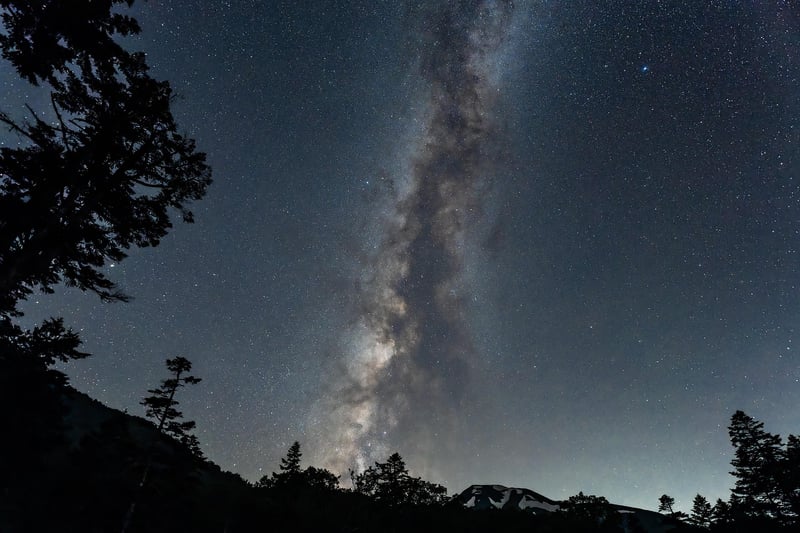Cosmic Navigation
Mapping the Vastness of the Cosmos
Welcome to the fascinating world of cosmic exploration! The universe is a vast, mysterious place, filled with billions of galaxies, stars, planets, and other celestial wonders. Mapping the cosmos is an essential task for astronomers and space enthusiasts alike, helping us understand the structure and evolution of the universe.
The Universe at a Glance
The universe is estimated to be around 13.8 billion years old and spans an unimaginable expanse of space. It consists of galaxies, which are clusters of stars, gas, dust, and dark matter bound together by gravity. Our Milky Way galaxy is just one of billions in the observable universe.
Cosmic Navigation
Navigation in space is a complex task due to the vast distances involved. Astronomers use various tools and techniques to map the cosmos, including telescopes, satellites, and computer simulations. By studying the light from distant objects, scientists can create detailed maps of the universe and chart the positions of galaxies and other cosmic structures.
Tools of Cosmic Exploration
- Telescopes: Optical telescopes, such as the Hubble Space Telescope, capture images of distant galaxies and stars, allowing astronomers to study their properties.
- Satellites: Space-based observatories like the Gaia satellite provide precise measurements of celestial objects, helping astronomers create 3D maps of the Milky Way and beyond.
- Computer Simulations: Sophisticated computer models simulate the evolution of the universe, enabling scientists to test theories and understand the formation of cosmic structures.
Exploring the Unknown
As technology advances, our ability to map the cosmos improves, revealing new insights into the nature of the universe. From the cosmic microwave background radiation to the intricate web of galaxy clusters, each discovery brings us closer to unraveling the mysteries of the cosmos.
Join us on a journey through space and time as we explore the wonders of the universe and map its vastness, one star at a time!

Image Source: Pixabay
